Introduction
Swedish Fish is a delicious candy that both kids and adults seem to love. It’s popular in the United States and other countries. But can dogs eat Swedish Fish? Is it safe for them?
We’re answering these questions and more in today’s post, so keep on reading!
Are Swedish Fish Good for Dogs?
The short answer to this question is no. Unfortunately, Swedish Fish contains a wide variety of potentially dangerous ingredients, all of which we will discuss in the following section.
In dogs, it can cause some side effects that can get you concerned enough to take your pet to the animal hospital. This treat can be even more dangerous for geriatric patients or pregnant dogs, and it can also dangerously increase the blood sugar of puppies.
Are Swedish Fish Bad for Dogs?
Put simply, yes.
Swedish fish have three main ingredients, none of which dogs are supposed to have. They are the following:
- Sugar
- Corn syrup
- Inverted sugar
Sugar can be particularly dangerous for dogs that are predisposed to developing obesity and diabetes. This is why we advised you to steer clear of this snack for your dog’s nutrition, especially if your pup is older. The last thing you might want would be for your dog to develop diabetes, as this is a condition that can generally affect their well-being.
Corn syrup is probably just as bad as sugar because it can also contribute to the development of certain pathologies. Among those that are most concerning for dogs are type 2 diabetes and weight gain, but also a significant increase in triglycerides levels. So, if you do not want your dog to develop pancreas and liver health issues, do not give them any Swedish Fish.
As for inverted sugar, it is a mixture of glucose and fructose. While it is true that fructose is slightly safer for dogs than classic sugar, it’s still not the best ingredient to give them, especially on a regular basis.
Besides these three main ingredients, Swedish Fish also contains a range of artificial colors and preservatives. Out of the entire list, Red 40 is perhaps the most worrying ingredient, and that’s because it has been linked to cancer cases.
Red 40, as well as Yellow 6, and Yellow 5 are among the most commonly used artificial dyes in both human and pet foods, and they can all cause cancer.
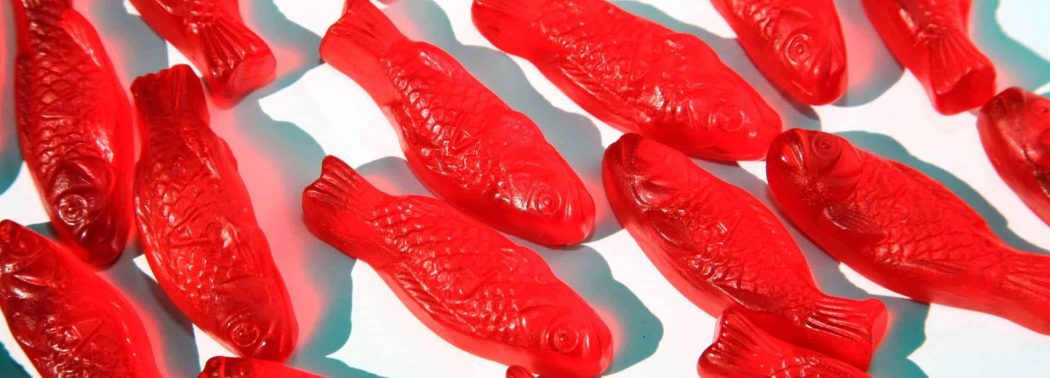
How Many Swedish Fish are Safe Dogs?
It would be excellent if you were to never give your dog Swedish Fish in any circumstance. Dogs are not genetically engineered to have candy, whether jellies, lollies, or anything else, and there are certain ingredients in them that can be even more dangerous.
Take xylitol, for example, which is an artificial sweetener that can be found in many candy varieties nowadays — for dogs, it is practically deadly.
While the good news is that Swedish Fish don’t have any xylitol in them, so they aren’t that dangerous, they’re still packed in sugar and artificial ingredients that are unhealthy on the whole.
Let your friends and acquaintances know that your dog is not supposed to have human foods, particularly candy so that they don’t give in to those ‘puppy eyes’ we always find it so hard to say no to.
One Swedish Fish might not cause much damage to your dog’s system, but if they get into your pantry and eat a whole bag, they’ll definitely experience some types of side effects, at least vomiting and diarrhea.
What Happens if My Dog Ate Swedish Fish
The most common adverse reactions that your dog is likely to experience are the following:
- Digestive issues in the form of constipation, diarrhea, or vomiting
- Dehydration and excessive appetite for water
- Hyperactivity (due to the high sugar content in these sweets)
If you continuously give candy to your dog, including Swedish Fish, they’re likely not only to develop teeth cavities but also gain weight as a result of too much sugar being present in their diet.
And once that happens, your dog will become more vulnerable to metabolic changes that can have serious consequences on their health.
What to Do if Your Dog Ate Swedish Fish
It depends on how much Swedish Fish your dog ate. If they only had one, it’s probably nothing to worry about. Naturally, sweets can affect different dogs variably, and it also depends on several factors such as their age, their previous health conditions, and also their size.
It’s one thing for a Great Dane to have a Swedish Fish and a completely different one for a Pomeranian to eat the same thing.
If the amount of candy is that small and you’re absolutely certain of it, you should watch your dog’s behavior closely for 12 to 24 hours.
If your dog ate a whole bag of Swedish Fish, we advise you to go to the animal hospital right away. Your vet is the right person that you should be in contact within such a situation.

How to Prevent Your Dog From Eating Swedish Fish
Everyone in your household should know that your dog is not allowed to have candy.
While it would be ridiculous for us to recommend that you never buy such candy, a better piece of advice would be for you to keep it in your pantry.
If there are any lockable cabinets in your kitchen, use those for anything that could be dangerous for your pup — including sweets that have xylitol on their list of ingredients.
Alternatives to Swedish Fish for Dogs
Pretty much all types of candy, no matter its form, is dangerous for dogs, so we couldn’t recommend any commercial alternatives.
However, there’s always the option of you giving your dog fruit, instead, and there are many that are perfectly safe. Be sure to remove the pits or seeds when that is possible as some can contain potentially dangerous ingredients.
Even fruit leather is healthier than Swedish Fish or other types of sweets, so if you make your own at home, you can give it to your pup as a snack every now and then.
Summary
Swedish Fish are not safe for dogs in any way, shape, or form. They contain sugar, inverted sugar, as well as corn syrup, but they also have a fair share of artificial ingredients, such as colors and preservatives.
For this reason, we do not recommend them for dogs. For any doubts regarding your dog’s diet and what you are supposed to feed to your pup for a healthy body and mind, talk to your veterinarian.
Sources
- Xylitol toxicosis in dogs, Lisa A. Murphy et al, 2012
- Toxicology of food dyes, Sarah Kobylewski et al, 2012
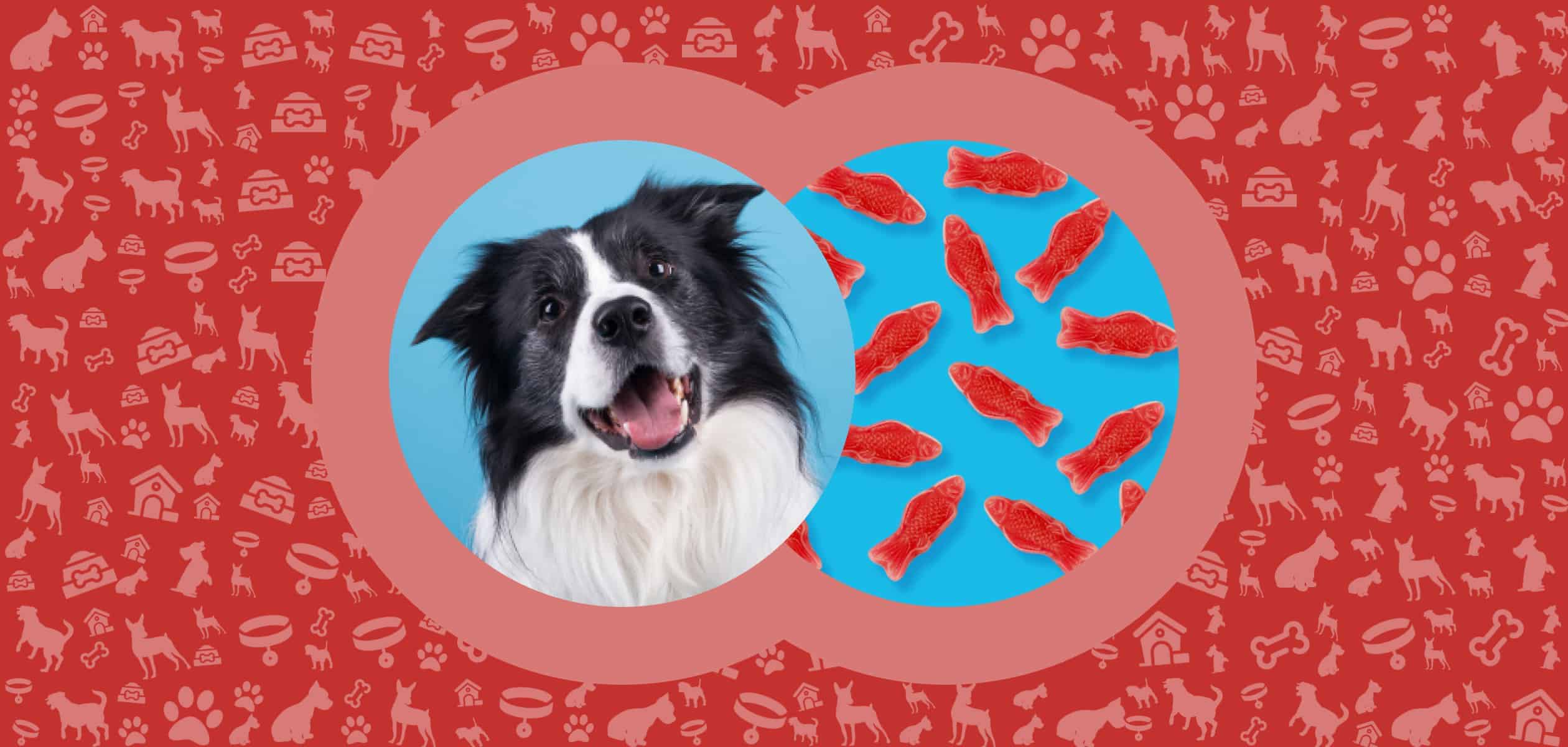

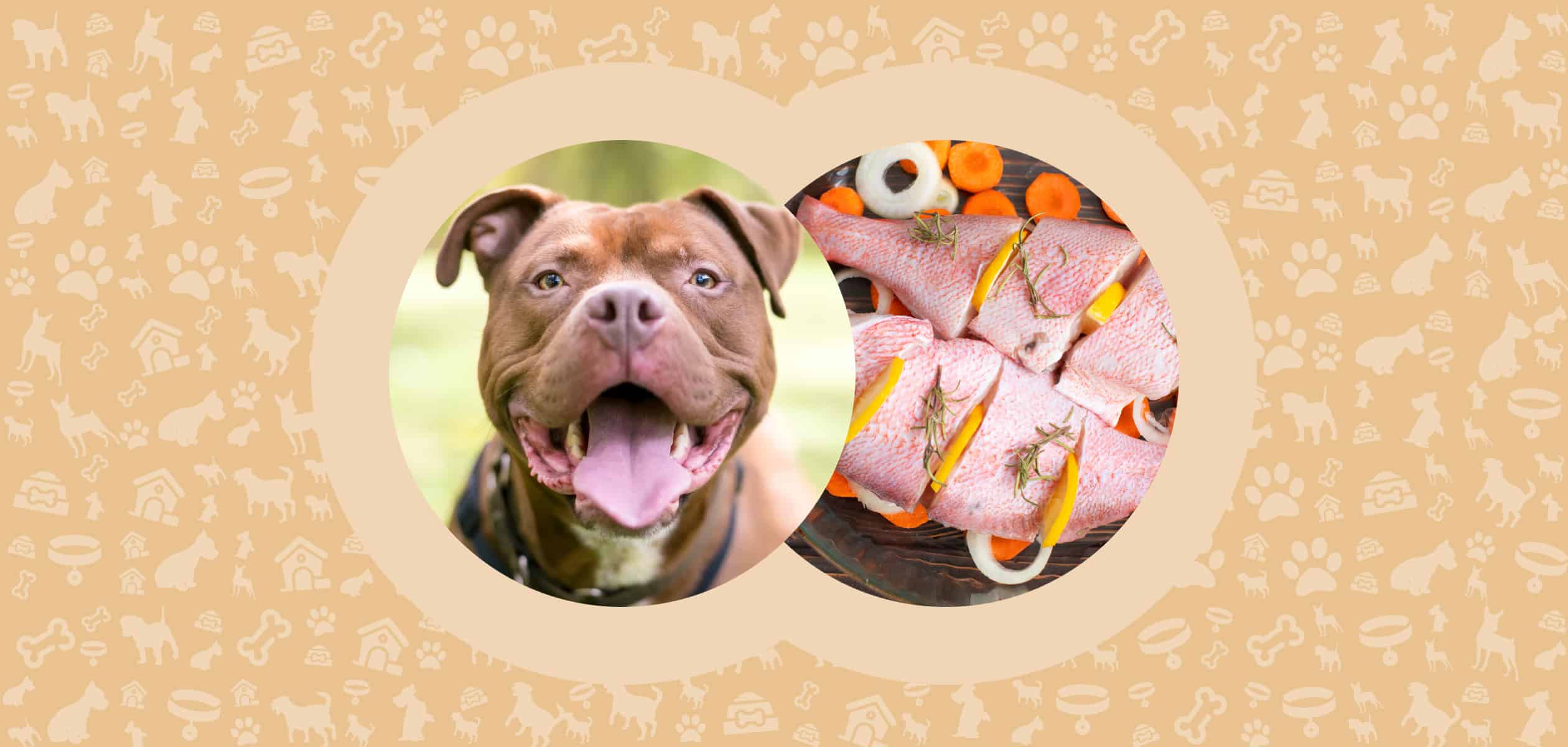
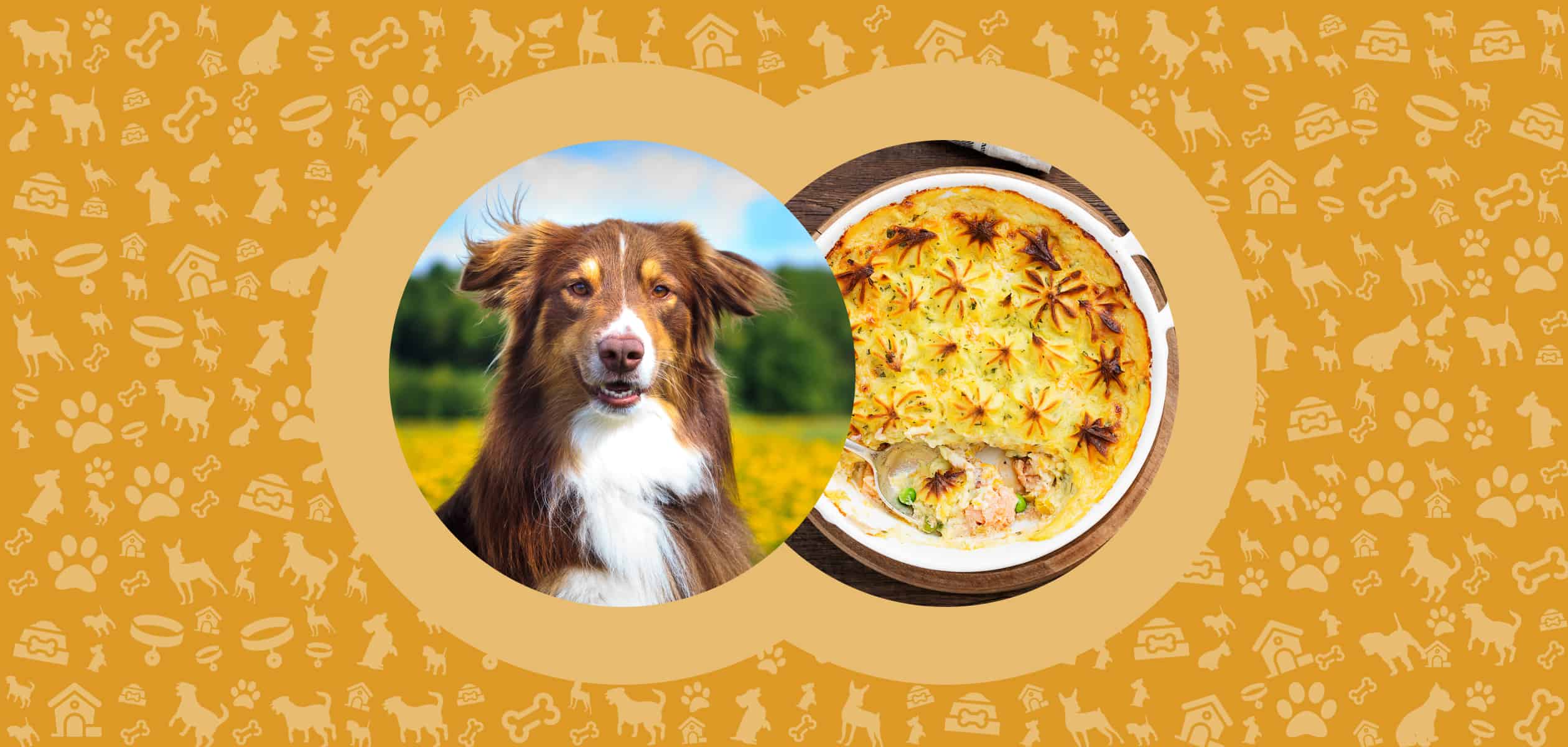
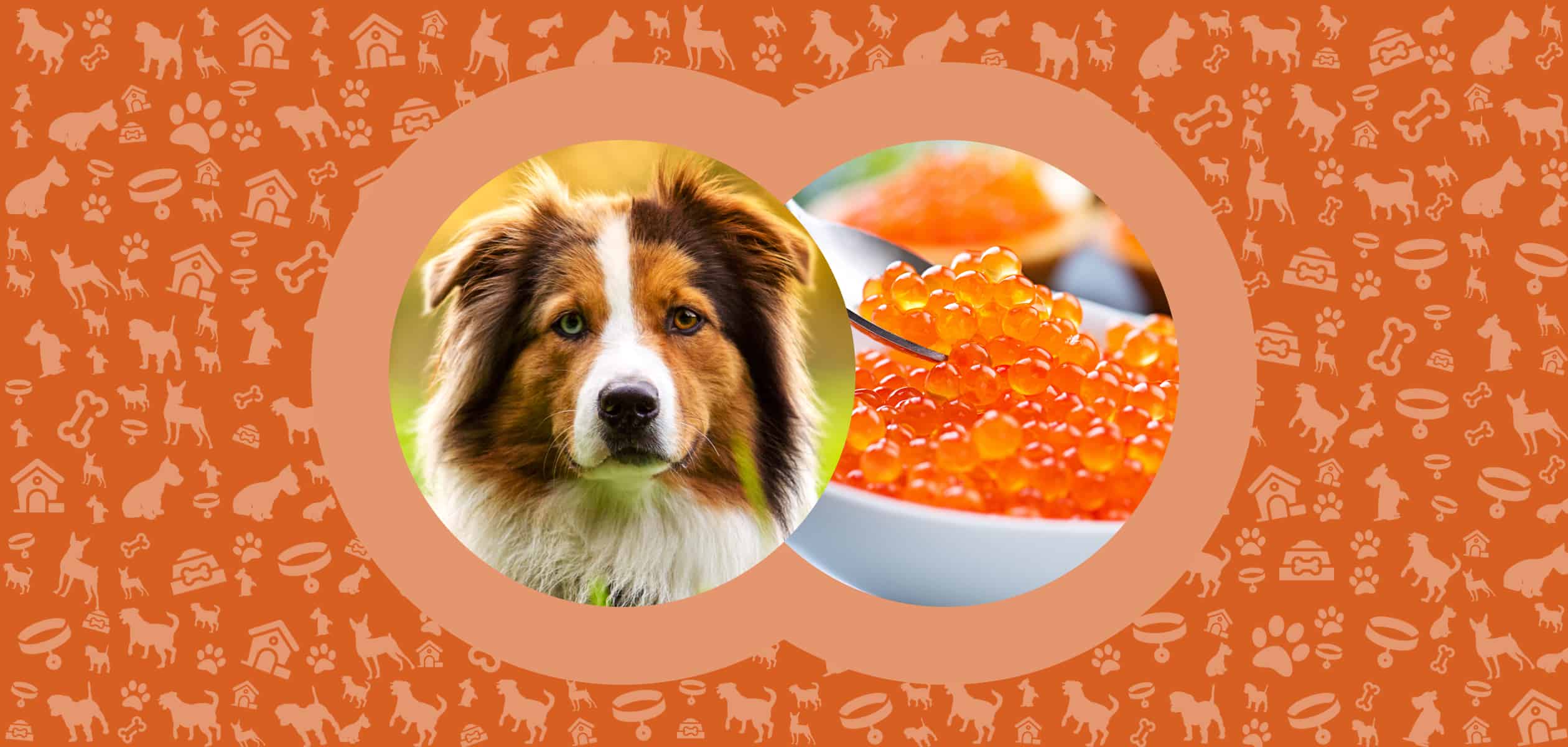
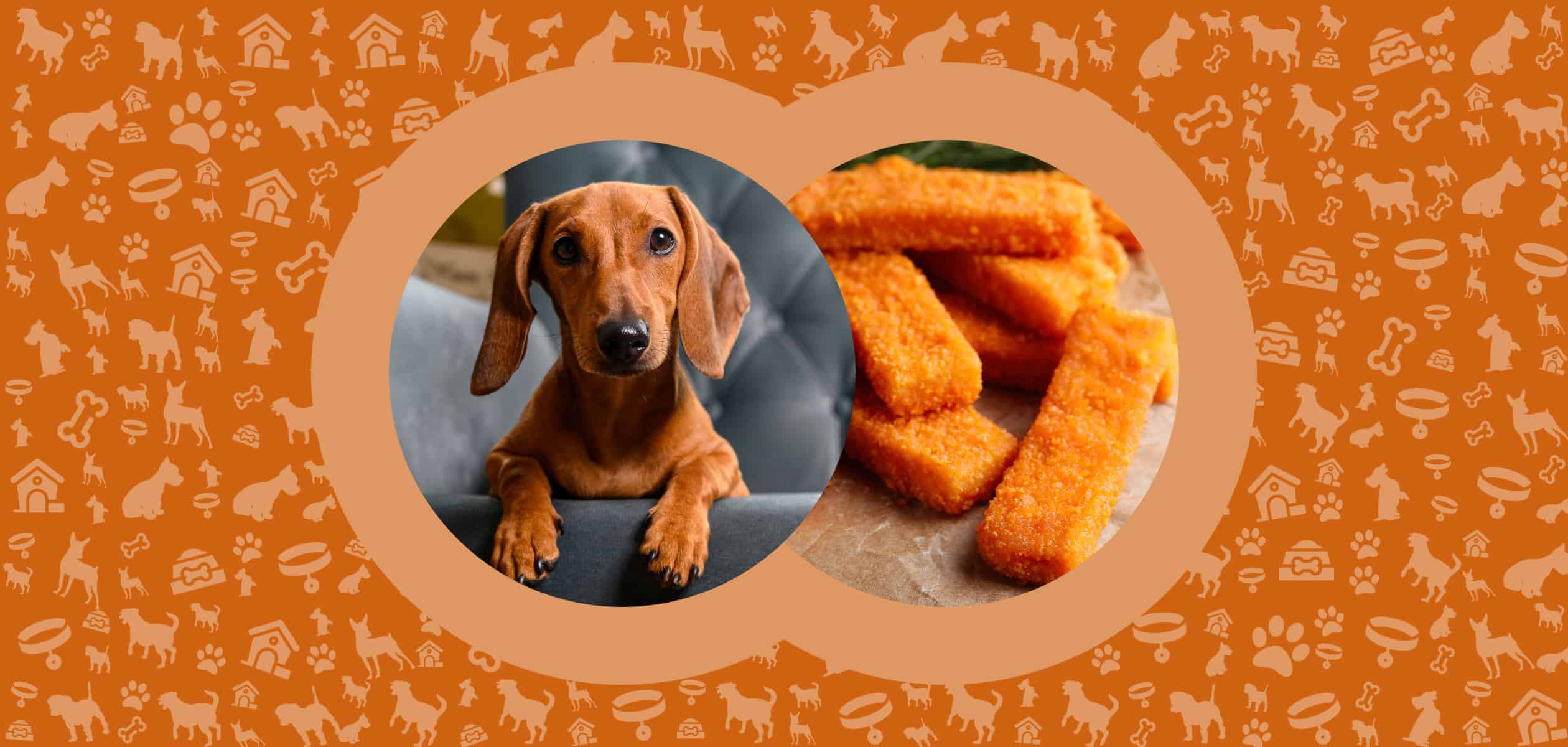
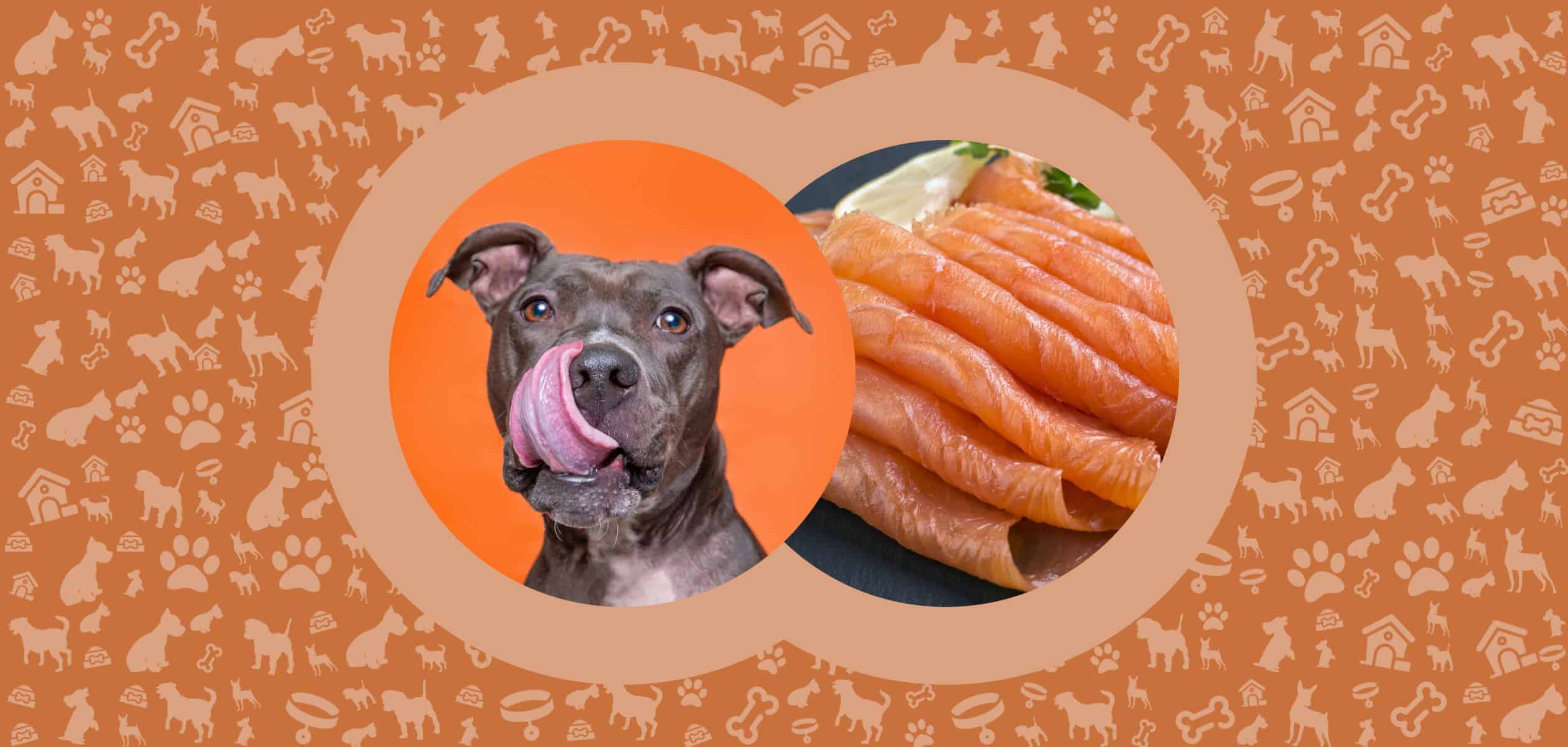
Leave a Comment